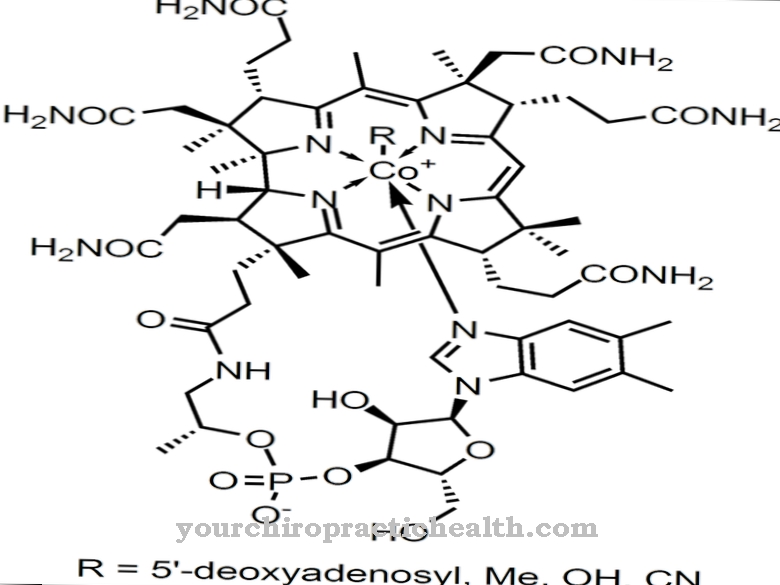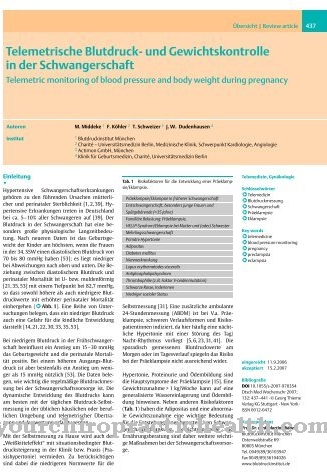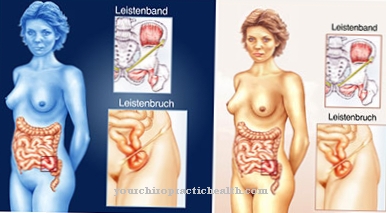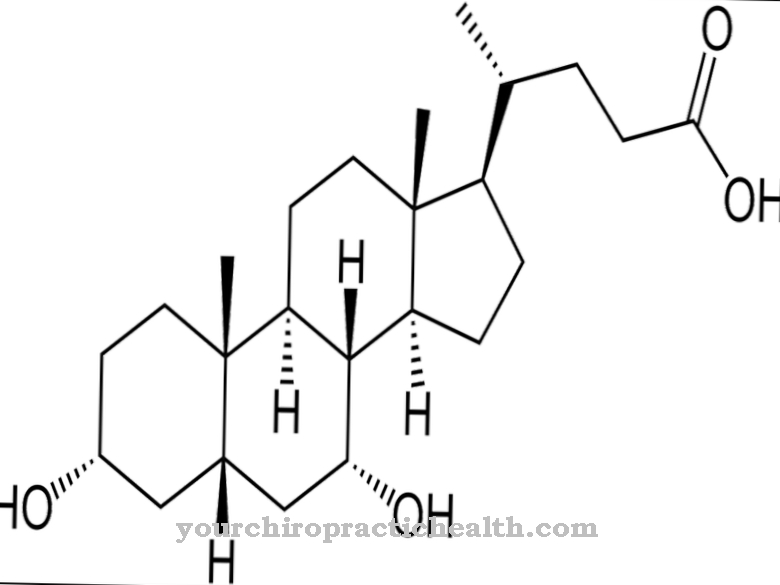Surgical plays an important role in medicine Sutures. In this way, tissue that has been severed with a needle and thread can be effectively treated.
What is suture?

Medical suture material is understood to mean surgical materials for closing wounds. Such injuries are mostly caused by accidents. However, specific cuts are also possible as part of a surgical procedure. After the operation, the surgeon closes the wound again with the surgical material, which is often colloquially referred to as "thread".
When manufacturing medical sutures, attention is paid to the types of tissue in which they are used. Important factors are the nature of the surface, the capillarity and the tensile strength. In terms of the surface properties of the suture material, the sliding properties of the thread are primarily important. The less resistance there is, the less the tissue trauma when sliding.
A distinction must be made between smooth and rough suture material. With smooth material there is more tension. This makes it more suitable for a more precise apposition of wound edges. If the suture material has a rougher surface, it slides more slowly within the tissue. However, the knot security of the rough material is better than that of the smooth suture material. In addition, it has a greater suction effect.
The capillarity of the medical suture material is also important. The capillary forces that absorb microorganisms and wound fluid are greater when the material is more filamentous. In contrast, braided sutures are considered unsuitable for infected wounds.
The tensile strength of the material also plays a special role. This determines which force effects are possible with the suture material without it being destroyed. Braided material, for example, has a higher force tolerance than threads that are composed of just a single fiber.
Shapes, types & types
In the case of surgical sutures, it is important to distinguish between several types and shapes. In addition to the needles, the threads are the most important suture material. In earlier years, threads made from sheep intestines or natural silk were used. In the present, medicine almost exclusively uses modern plastics.
The most important distinguishing features include absorbable and non-absorbable sutures. Sutures that are not absorbable must be removed after a certain period of time. In such cases, we speak of “pulling strings”. However, since not every area of the body is suitable for pulling threads, such as the subcutaneous fatty tissue or the internal [organs]], medicine sometimes uses absorbable threads that can be broken down by the body.
Not only the material of the threads plays a role, but also the duration of the resorption. In modern threads, hydrolytic cleavage occurs through body water. The type of tissue treated, with which there is a different moisture content, as well as the surface area and the diameter of the threads are important for absorption.
A distinction is made between thick and thin threads. Larger threads can withstand greater forces. Thick threads are used especially when sewing under tension. However, the thick threads also form larger prick canals after pulling, which in turn can lead to scarring.
In the case of threads, a distinction is also made between monofilament and polyfilament material. Monofilament threads have the advantage of having good sliding properties and a closed surface. Thicker monofilament threads, however, lack wiriness. Polyfile threads are created by interlacing or twisting individual threads. They have a better knot fit, but are rougher.
Structure & functionality
Medical sutures are assembled from a needle and thread. In earlier times, medicine relied on sterile needles that could be reused and were clamped in a spring eye. Nowadays, however, only needle-thread combinations that are used once are used. The needle and thread form a unit. The thread cannot be replaced.
In addition to the material of the thread, the material of the needle is also important. There are needles that are suitable for a wide variety of purposes. These include straight, curved, small or large as well as sharp-edged triangular or round needles.
If the suture is atraumatic, the maximum caliber of the needle and the thread are identical. There is also a smooth transition. In this way, the stitch channel is completely filled by the thread so that no blood can escape from the channel even with vascular sutures. The hollow end of the needle, which surrounds the beginning of the thread, is considered to be tricky during manufacture and use.
Medical & health benefits
Sutures such as needles and thread are indispensable for the successful operation of wounds. The thread can be inserted separately into a needle eyelet or is used as a packaged needle-thread combination.
The suture material found medical use in ancient times. But it was only during industrialization that special surgical suture materials were designed. The first real suture material was available from 1860 through the introduction of the Karbolt catgut. Before that, the same material was used that was used to sew clothes and fabrics. The industrial production of sterile catgut took place from 1909. Synthetically absorbable suture material has been around since 1931. In later years, other materials such as coated polyamide threads, synthetic collagen threads and polyester were created.
The sutures enable open wounds to be closed by suturing. In this way, they ensure rapid wound healing and protect the body from the penetration of germs that can trigger bacterial infections, for example.


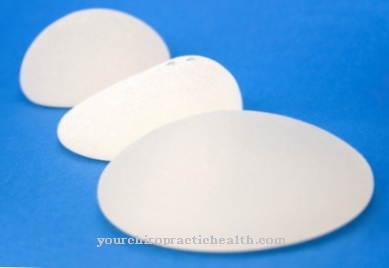
.jpg)

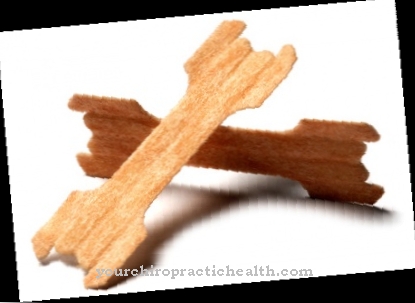



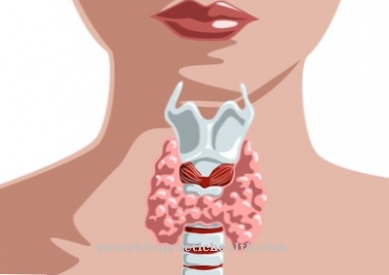






.jpg)


